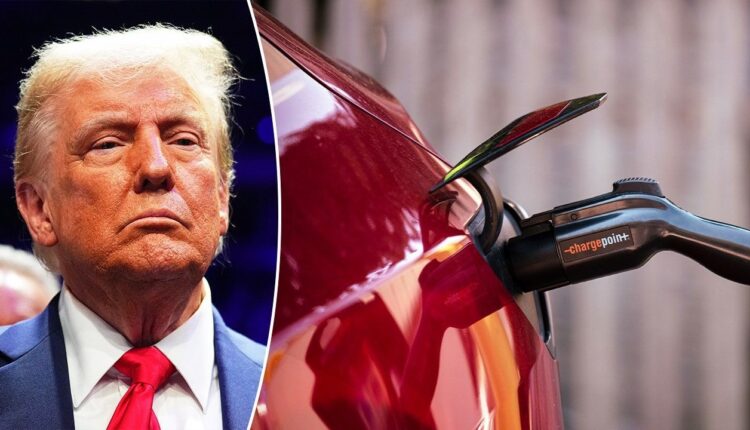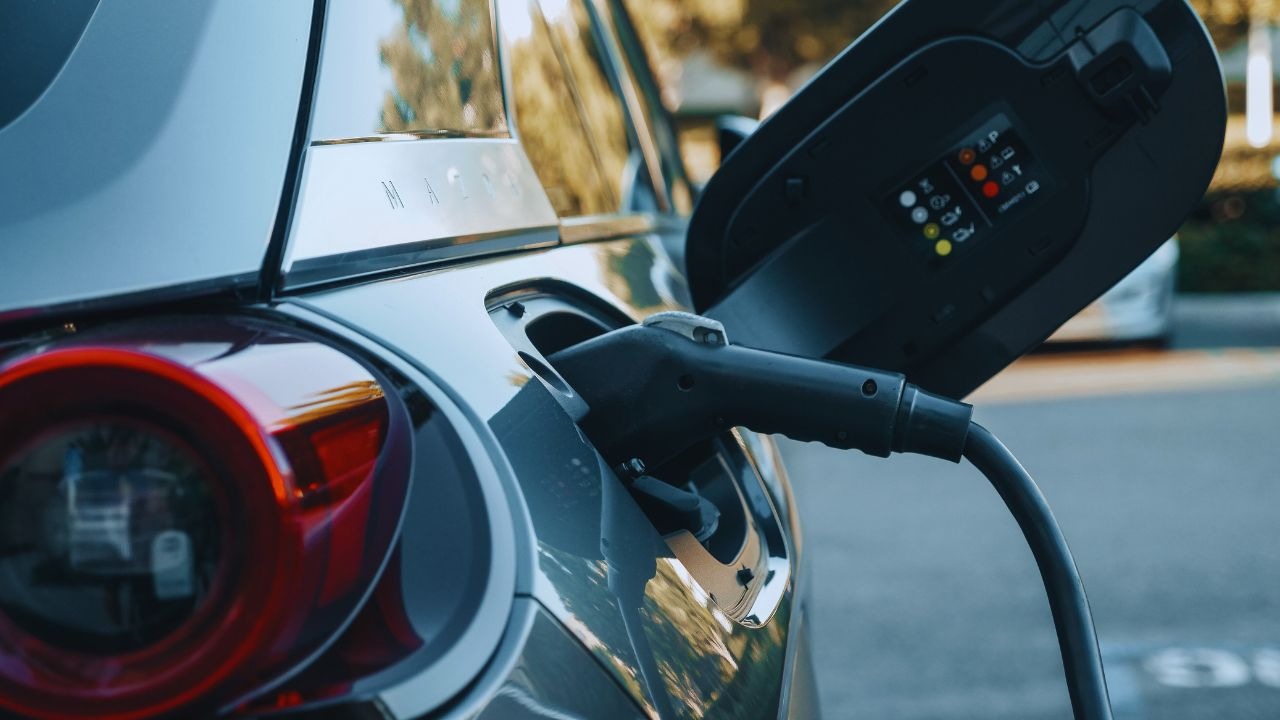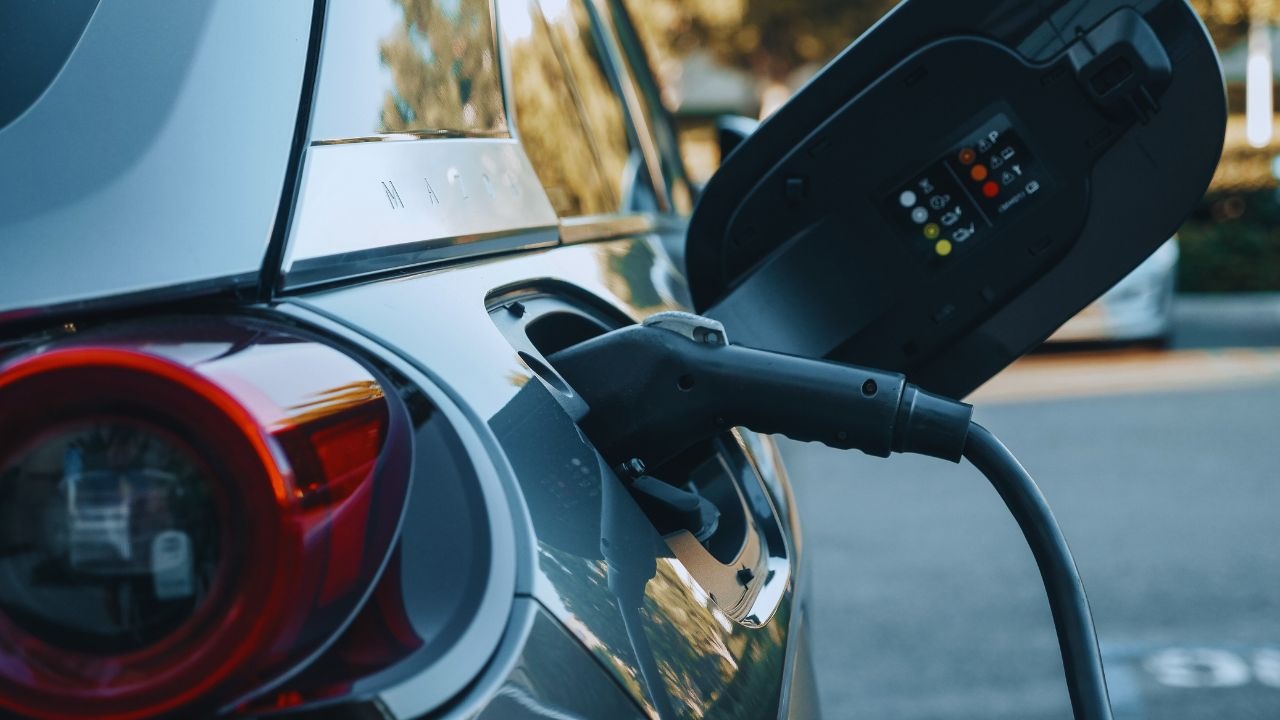
Judge Stuns Trump with EV Ruling – Billions in Green Funds Unleashed!
There have been many problems with the electric vehicle (EV) infrastructure in the US as it changes. This has been especially true during the Trump administration.
A recent court order has changed things a lot, making the plans of the previous administration much less likely to happen. A federal judge has stopped the Trump administration from holding back important EV infrastructure funds.
This victory is a big step for the future of electric vehicles in the U.S. This decision not only changes the course of U.S. transportation policy, but it also shows how tense things are between environmental policies and federal funding.
The Case Background: Trump’s Fight Against Funding for EV Infrastructure
The Trump administration made a clear change in the U.S. government’s position on building electric vehicle (EV) infrastructure.
Despite the global shift toward clean energy and sustainability, the Trump administration attempted to halt funding for electric vehicle (EV) infrastructure projects.
The main worry was that traditional fossil fuel technologies were being given more importance than renewable options like electric cars.
This choice got the attention of many people, including automakers, environmental groups, and local governments. All of these groups were counting on the federal government to help them build the country’s electric vehicle infrastructure.
Without this money, many local and state-level efforts to add more EV charging stations would have been very difficult. The delay meant that both carmakers and consumers would have to wait longer for the switch to a sustainable, electric future.
But the recent court decision has been a big turning point because it says that these important funds must be released. This change not only affects the auto industry, but it also sets a standard for how future legal fights over environmental policy will go.

The Court’s Decision in the Legal Battle
Environmental groups and state governments led the legal challenge against the Trump administration’s decision. They all said that not giving money for EV infrastructure was against federal law and the Constitution.
These groups said that federal money is necessary to reach clean energy goals and cut down on emissions.
The federal judge said that the Trump administration’s attempt to stop funding was not based on a strong legal argument and was not in line with the Clean Air Act and other environmental laws.
The court also said that not giving the money would make it very challenging for the U.S. government to keep its promises under the Paris Agreement and would hurt the global shift to sustainable transportation.
People see the judge’s decision to stop the withholding of EV infrastructure funds as a key step in the push for electric cars and clean energy technologies.
The decision makes it clear that the federal government must back programs that protect the environment and public health, in line with international climate goals.
What does this decision mean for the future of EV infrastructure?
The court’s decision will have a big effect on the future of building EV infrastructure in the U.S. Now that federal funds are guaranteed, the focus can go back to carrying out plans that will make the national EV network bigger.
This decision makes sure that both the public and private sectors can continue to put money into the infrastructure that will be needed to meet the rising demand for electric vehicles.
More places to charge electric cars
Building a large network of EV charging stations all over the country is an important part of the transition to electric vehicles.
The judge’s decision will let states and local governments keep building these stations, which will make it easier for people to own and drive electric cars.
This means that drivers will have more places to charge their cars, especially in rural and underserved areas where there haven’t been many charging stations.
More charging stations are expected to make it easier for people to buy electric vehicles, which will help ease worries about “range anxiety,” or the fear of running out of power while driving an electric vehicle.
The Biden administration and other world leaders want to cut greenhouse gas emissions, and more charging stations will help with that.
Creating jobs and growing the economy
There will also be many business opportunities as EV infrastructure grows. New charging stations, renewable energy sources, and industries that make electric vehicles are all expected to create thousands of new jobs across the country.
The result could mean jobs in making, installing, and fixing EV charging equipment, as well as jobs making electric cars themselves.
These economic benefits will be especially important in places where people have lost jobs in the fossil fuel industry, since they will provide workers the chance to move into green energy jobs.
Building a strong EV infrastructure will also lead to new technologies and business models that will help clean energy solutions continue to grow.

Reducing emissions and making things more sustainable have an impact on the environment.
The main goal of expanding the EV infrastructure is to help the US meet its climate goals by cutting carbon emissions by a lot.
Switching from gasoline-powered cars to electric cars is one of the best ways to cut down on greenhouse gas emissions from the transportation sector, which is one of the principal causes of global warming.
The judge’s decision makes it easier for the government to invest in and speed up the growth of EV infrastructure.
This will help the Biden administration reach its goal of having 500,000 EV chargers installed across the country by 2030.
This expansion will directly help the fight against air pollution and the push for a clean energy-based economy that lasts.
What car companies and the federal government do
Automakers have long been outspoken supporters of building more electric vehicle infrastructure and have been working diligently to place more electric models on the market.
But a lot of the time, these efforts have been stopped because there isn’t enough charging infrastructure.
The judge’s decision is a win for automakers because they can now move forward with their EV programs without worrying about not having enough charging stations.
To meet the growing demand for electric vehicles, automakers will need help from the federal government in the form of money and policy changes.
This could also lead to new partnerships between government agencies, automakers, and other interested parties to assure that electric cars fit in with the rest of the country’s transportation system.
Challenges Ahead: Getting Past Obstacles to Full EV Integration
Even though they won in court recently, there are still problems to solve. Building infrastructure, especially in rural and remote areas, will need careful planning and execution.
Also, adding EVs to the current grid will require ongoing investments in smart grid technologies and energy storage solutions.
The charging infrastructure must also change to meet the needs of a wider range of customers, from people in cities who need fast charging options to people in rural areas who may need charging stations that are open all night.
It will also be vital to ensure that charging stations are accessible to all, regardless of location or income.
Political and legal problems keep happening
Political and legal fights will probably keep happening in the U.S. as it tries to build a more sustainable future.
This is especially true since different administrations have different ideas about energy and transportation policies.
The legal victory over the Trump administration’s attempt to keep EV infrastructure funds from going to the states may only be one part of the larger fight for sustainable transportation.
In conclusion, the ruling is a step toward a greener future
The recent court decision that stops the Trump administration from withholding funds for EV infrastructure is an important step in the ongoing effort to create a sustainable, electric future in the United States.
This decision puts the U.S. on track to make more EV charging stations available, cut carbon emissions, and boost economic growth in the clean energy sector.
The decision also shows how powerful legal challenges can be in making sure that government policies are in line with environmental goals.
As the U.S. moves toward electric cars, the ruling will serve as a reminder of how important it is for the federal, state, and local governments to work together with private businesses to make the switch to green transportation successful and fair.
